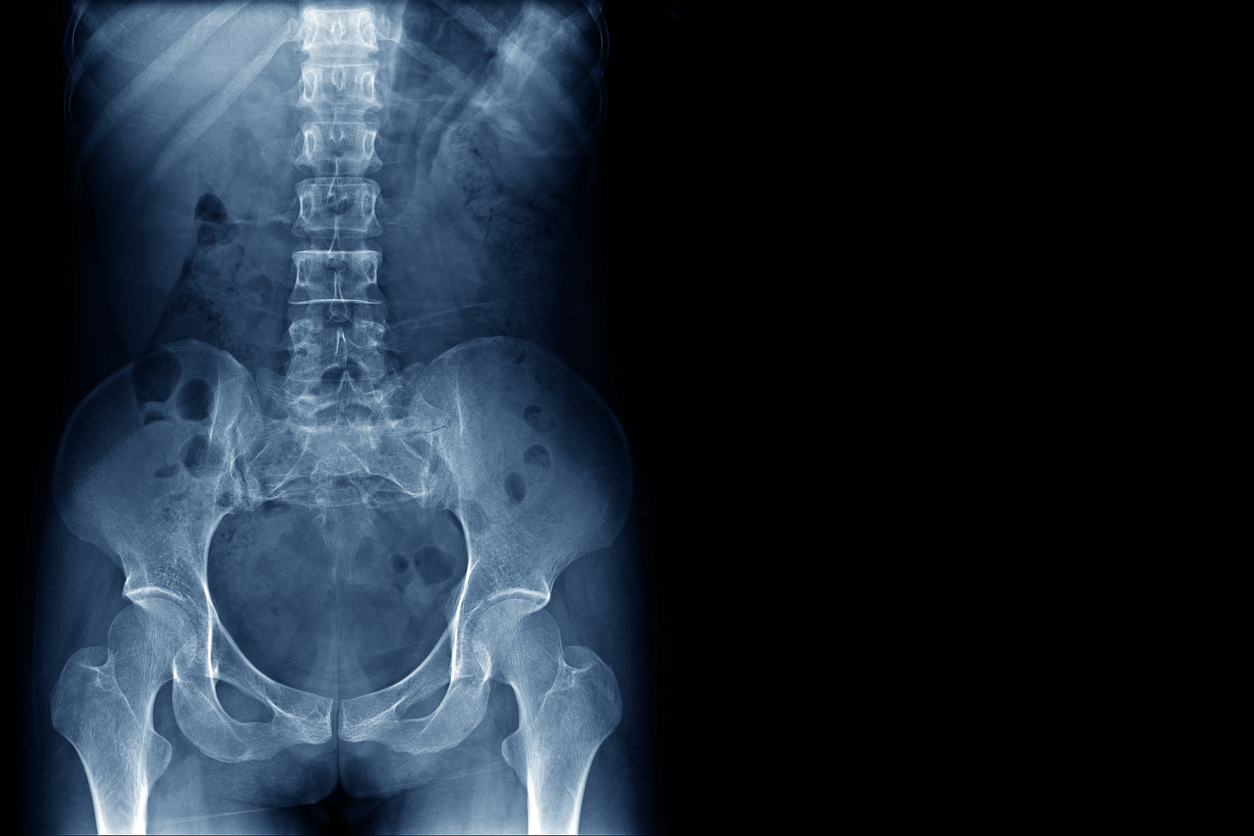Treatments
Potential Benefits and Risks of Spinal Decompression Surgery

What is spinal decompression surgery?
Spinal decompression surgery is an umbrella term for surgical procedures that reduce pressure on the spinal cord and/or spinal nerves. The purpose of spinal decompression surgery is to relieve or reduce back or neck pain and/or weakness or numbness in the extremities.
There are five general types of spinal decompression surgery, including laminotomy/laminectomy, foraminotomy, osteophyte removal, discectomy, and corpectomy. Depending on specific symptoms and the condition being treated, a spinal fusion (joining of two vertebrae to stabilize the spine) may also be performed during a spinal decompression surgery.
Benefits
Potential benefits of spinal decompression surgery include the following:
- Pain reduction
- Increased or retained mobility
- Reduced numbness, weakness, or tingling in the extremities
- Increased functionality
- Improved bowel or bladder control (if caused by pressure on the spine)
- Improved swallowing (specific to anterior cervical osteophyte removal)
Risks
As with any type of surgery, risks include blood loss, infection, reactions to anesthesia, and blood clots. Risks specific to spinal decompression surgery include the following:
- Only partial or no relief of pain
- Return of back or neck pain
- Development of chronic pain in another section of the spine
- Instability of the spine
- Nerve damage
- Damage to esophagus, vocal cords, or trachea (specific to cervical decompression procedures)
- Regrowth of bone spurs (specific to osteophyte removal)
- Pseudarthrosis (specific to spinal fusion)
- Need for further surgery
- Spinal cord injury resulting in paralysis
- Damage to arteries, resulting in stroke and/or life-threatening bleeding
- Cerebrospinal fluid leak
- Bowel or bladder issues (incontinence)
Additional sources: American Society of Anesthesiologists
















